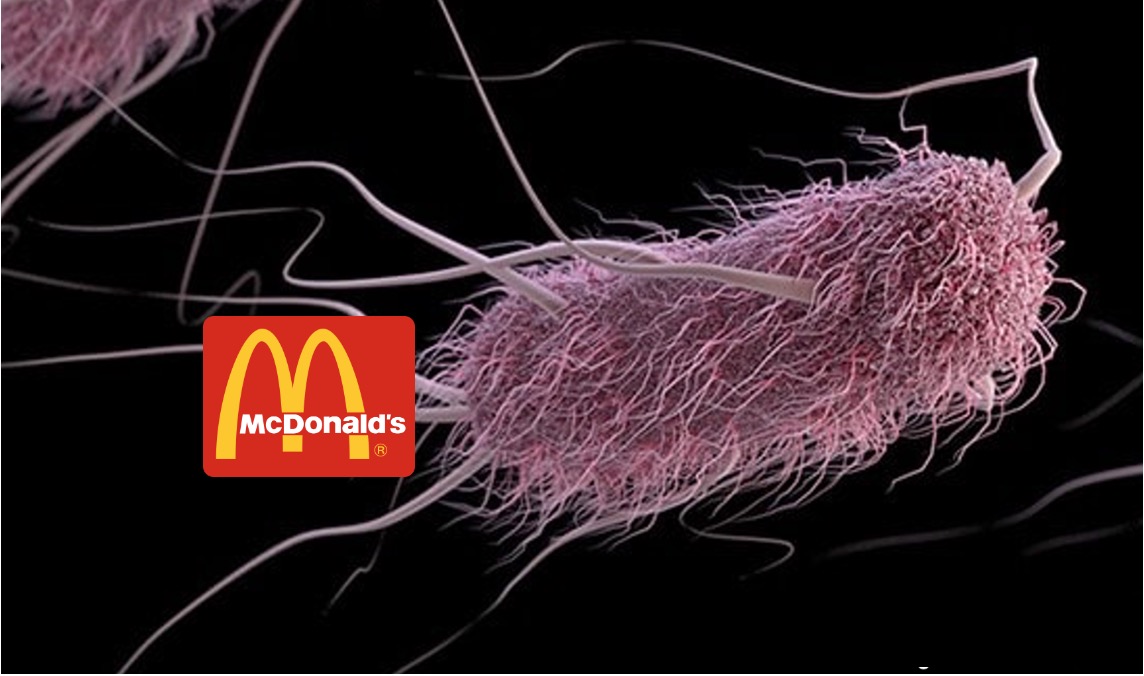Repellents are substances that can be used to keep pests away from an area you do not want them in. In agriculture, for example, they work by either masking the scent of something or making the crop taste unpleasant to the pest. Repellents can be made from natural or synthetic materials, and they can be applied in a variety of ways, including spraying, dusting, and seed treatment.
There are a number of different types of repellents that can be used in agriculture, and the best type to use will depend on the specific pest that is being controlled. For example, a bird repellent is effective at keeping birds from eating seeds or fruits, while mouse repellents can keep mice from damaging crops. Repellents can also be used to keep animals away from areas where they are not welcome, such as around storage areas or in fields where crops are grown.
Repellents are generally safe to use and pose little risk to humans, animals, or the environment. However, it is important to read the label carefully and follow the directions for use to avoid any potential problems. Additionally, some repellents may only be effective for a short period of time, so it is important to reapply them as needed to maintain their effectiveness.
Types of repellents
Let’s look at some of the most common repellents that we use to keep pests away:
Bird repellents
There are a variety of bird repellents on the market, each with its own advantages and disadvantages. Some common bird repellents include:
- Visual deterrents: These work by making an area less attractive to birds, usually by using bright colors or reflective surfaces. Common visual deterrents include Mylar tape, bird netting, and scarecrows.
- Auditory deterrents: These work by emitting sounds that birds find unpleasant or even scary. Common auditory deterrents include ultrasonic devices, broadcast distress calls, and propane cannons.
- Chemical repellents: These work by making an area unlivable for birds, usually by making it toxic or otherwise uninhabitable. Common chemical repellents include methyl anthranilate and capsaicin.
- Physical barriers: These work by making it difficult or impossible for birds to access an area. Common physical barriers include bird netting, spikes, and wire mesh.
The best bird repellent for your situation will depend on the type of birds you’re dealing with, the size of the area you need to protect, and your budget. Be sure to do your research before choosing a repellent, and always follow the manufacturer’s instructions carefully.
Mouse repellents
If you’re finding mice on your farm, there are a few things you can do to keep them away. First, try sealing up any openings where they might be getting in. Mice can squeeze through very small spaces, so it’s important to check for any cracks or holes in your walls, floors, or foundation. You can also use mouse traps or poison baits to catch and kill mice that are already inside your farm. Just be sure to place these away from areas where children or pets could get to them. Finally, consider using a cat or other predator to help control the mouse population on your farm. With a little effort, you can keep your farm free of these pesky pests.
- Peppermint oil: Mice dislike the strong smell of peppermint, so a few drops of this oil can go a long way in keeping them away. Simply apply the oil to cotton balls and place them around your home in areas where mice are likely to enter.
- Cinnamon: Like peppermint, cinnamon is also a powerful mouse repellent due to its strong fragrance. To use this method, simply sprinkle cinnamon around areas where mice are likely to enter.
- Vinegar: The acetic acid in vinegar is unpleasant for mice, so spraying a mixture of vinegar and water around your farm can help keep them away.
- Ammonia: Ammonia is another strong-smelling substance that mice dislike. To use this method, mix ammonia and water in a spray bottle and apply it around areas where mice are likely to enter.
- Garlic: Mice are also repelled by the strong smell of garlic. To use this method, place cloves of garlic around areas where mice are likely to enter. You can also add garlic to your favorite mouse-repellent recipe.
- Pepper: Pepper is another effective mouse repellent. To use this method, simply sprinkle pepper around areas where mice are likely to enter.
- Bay leaves: Bay leaves are another fragrant substance that mice dislike. To use this method, place bay leaves around areas where mice are likely to enter.
- Lemon: The strong smell of lemon is also unpleasant for mice. To use this method, cut a lemon in half and place it in an area where mice are likely to enter. You can also add lemon to your favorite mouse-repellent recipe.
You may be interested in: Pest Control Advice for Your Small Business





